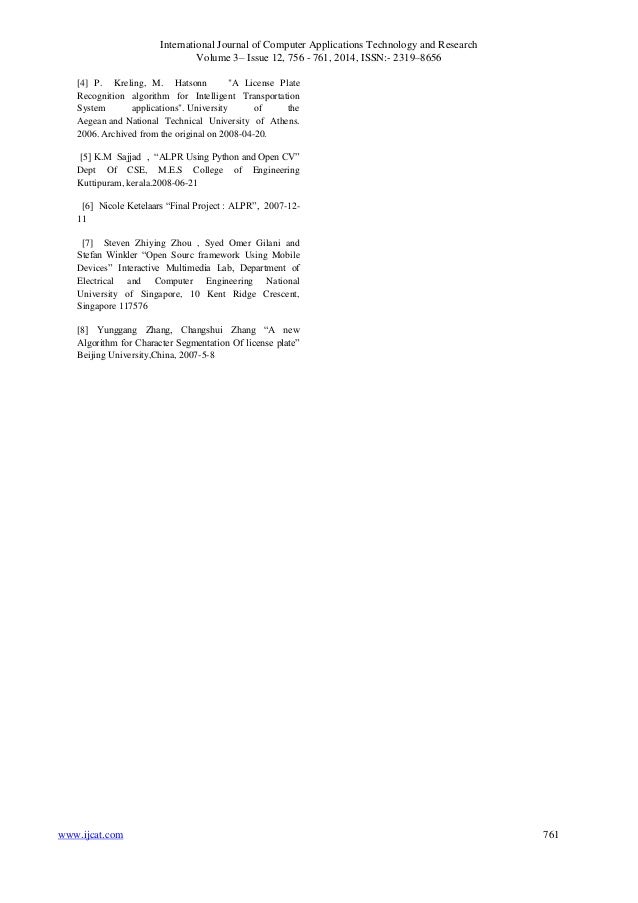
Automatic License Plate Recognition Using Python And Open Cvs
I have a web site that allows users to upload images of cars and I would like to put a privacy filter in place to detect registration plates on the vehicle and blur them. The blurring is not a problem but is there a library or component (open source preferred) that will help with finding a licence within a photo? Caveats; • I know nothing is perfect and image recognition of this type will provide false positive and negatives. • I appreciate that we could ask the user to select the area to blur and we will do this as well, but the question is specifically about finding that data programmatically; so answers such as 'get a person to check every image' is not helpful. • This software method is called 'Automatic Number Plate Recognition' in the UK but I cannot see any implementations of it as libraries. • Any language is great although.Net is preferred. EDIT: I wrote a for this.
As your objective is blurring (for privacy protection), you basically need a high detector as a first step. Here's how to go about doing this. The included code hints use OpenCV with Python.
• Convert to Grayscale. • Apply Gaussian Blur.
Jul 10, 2017 - To learn more about using Tesseract and Python together with OCR, just keep reading. In this case, our virtualenv is named cv. Text = pytesseract.image_to_string(Image.open(filename)). An entire set of lessons dedicated to building your own Automatic License/Number Plate Recognition system. Automatic License Plate Recognition. TAKE A TEST DRIVE (Free!) on-premises. Plate finder. Get an alert the moment any license plate.
Final fantasy xiv torrent pc. Img = cv2.imread('input.jpg',1) img_gray = cv2.cvtColor(img, cv2.COLOR_BGR2GRAY) img_gray = cv2.GaussianBlur(img_gray, (5,5), 0) Let the input image be the following. • Apply Sobel Filter to detect vertical edges.
• Threshold the resultant image using strict threshold or OTSU's binarization. Cv2.Sobel(image, -1, 1, 0) cv2.threshold() • Apply a Morphological Closing operation using suitable structuring element. (I used 16x4 as structuring element) se = cv2.getStructuringElement(cv2.MORPH_RECT,(16,4)) cv2.morphologyEx(image, cv2.MORPH_CLOSE, se) Resultant Image after Step 5. • Find external contours of this image. Cv2.findContours(image, cv2.RETR_EXTERNAL, cv2.CHAIN_APPROX_NONE) • For each contour, find the minAreaRect() bounding it. • Select rectangles based on aspect ratio, minimum and maximum area, and angle with the horizontal.